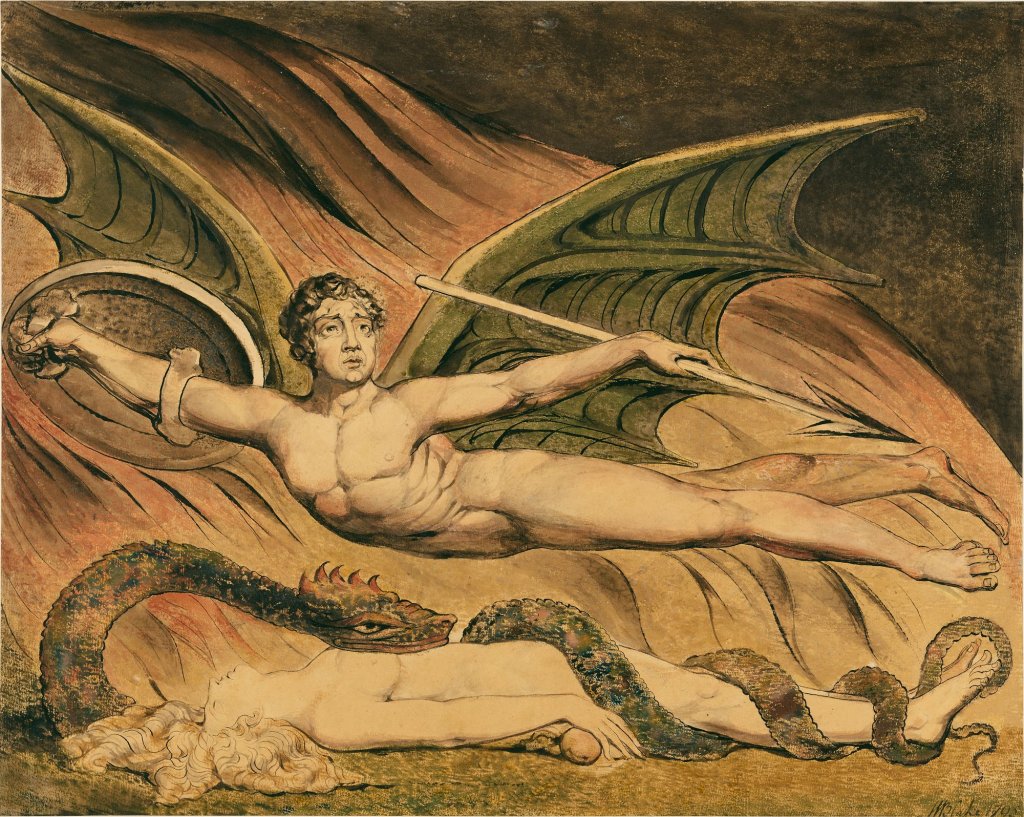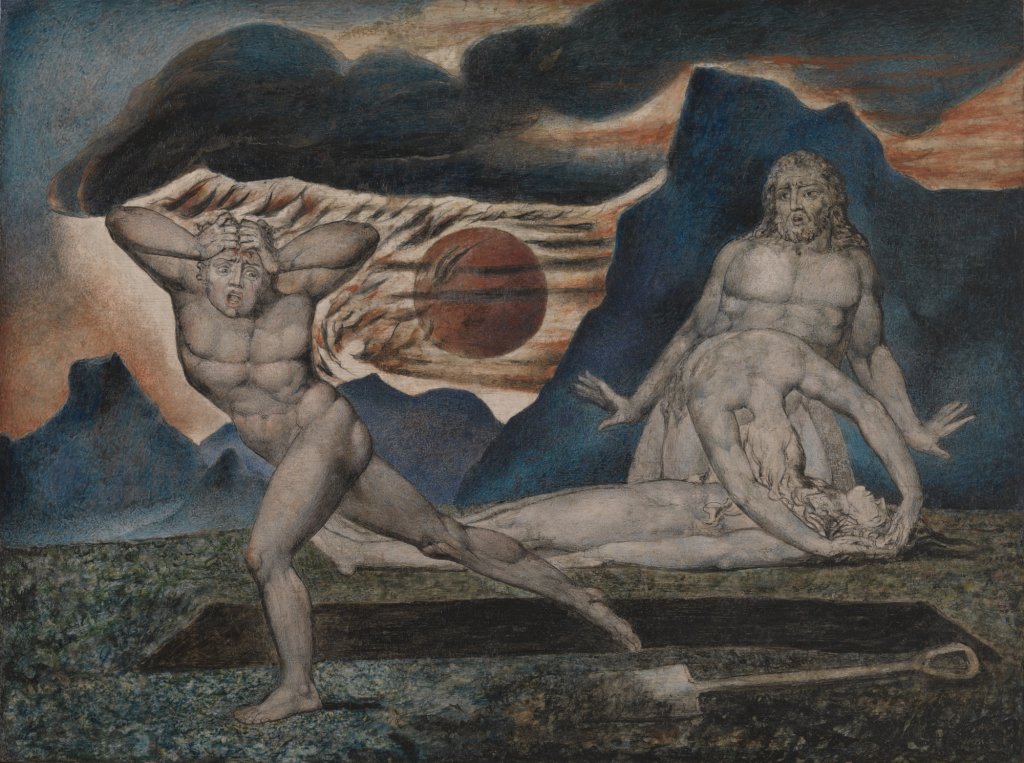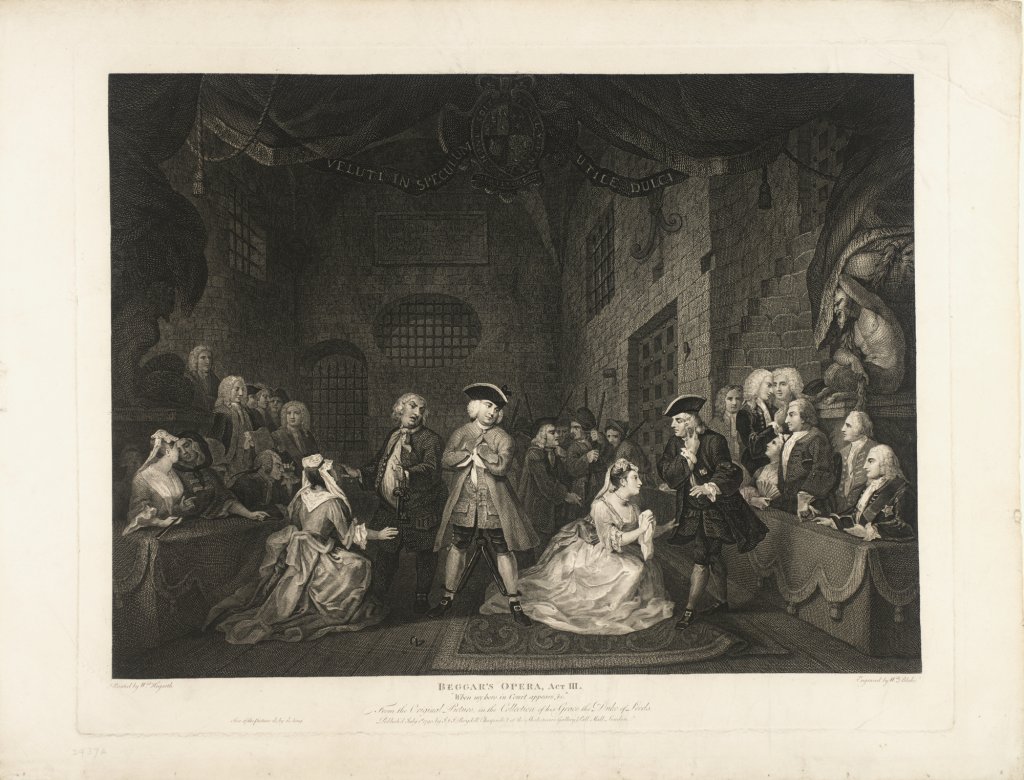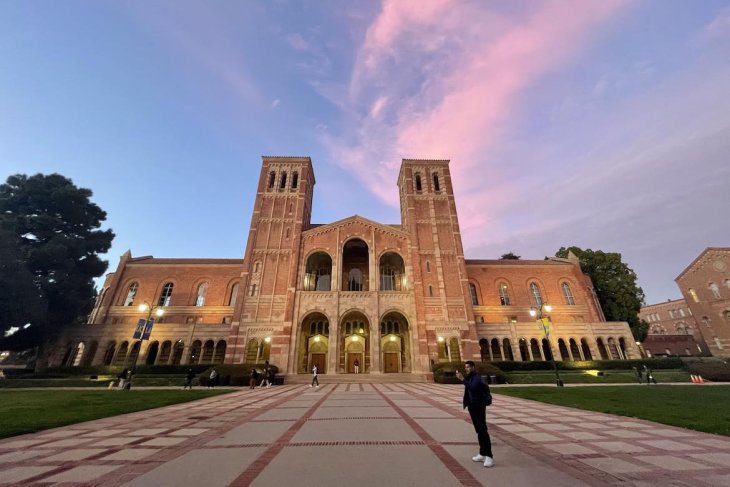Long in the Works Exhibit Presented in Collaboration with Tate Museum
The J. Paul Getty Museum is proud to announce the opening of the “William Blake: Visionary” exhibition, a captivating showcase of over 100 remarkable works by the celebrated English printmaker, painter, and poet William Blake. This extraordinary exhibition will be on display at the Getty Center from October 17, 2023, through January 14, 2024, marking the first major international loan exhibition of Blake’s works on the West Coast.
William Blake, now revered as one of the greatest artists of the early Romantic era, lived in relative obscurity and went largely unrecognized during his lifetime. “William Blake: Visionary” takes viewers on a journey through his evolution as an artist, from his formative years as a commercial printmaker to the legendary visionary we know today, delving into Blake’s wild imagination through a collection of renowned works that have both perplexed and delighted audiences for over two centuries.

Timothy Potts, the Maria Hummer-Tuttle and Robert Tuttle Director of the J. Paul Getty Museum expresses the museum’s excitement, stating, “Our long-awaited William Blake exhibition was originally slated to open in 2020 but was postponed due to the Covid-19 pandemic. We are excited to finally showcase an iconic selection of Blake’s otherworldly creations assembled in this exhibition for our visitors. Radical, fantastical, and unforgettable, Blake’s works will make visitors feel they have been transported to another world.”
The exhibition commences by tracing Blake’s early journey as a printmaker in London, which served as his primary source of income throughout his career. Despite his efforts to establish himself as an independent artist, Blake’s enrollment in the Royal Academy of Arts in 1779 did not lead to the success he desired. Unlike the prevailing preference for literal renderings of well-known texts, Blake embraced more imaginative interpretations of his sources, working primarily in tempera, watercolor, and printmaking.
In the 1790s, Blake began receiving commissions to design and engrave his own compositions, proudly claiming to have invented a new printmaking technique of relief etching, allowing him to seamlessly combine poetry and imagery on a single page. Blake exclusively published his own illustrated poetry, referred to as “illuminated books,” with pages from his celebrated illuminated books, “Songs of Innocence” and “Songs of Experience,” featured in the exhibition, including one of his most iconic verses, “The Tyger.”

Blake’s art frequently incorporated figures from the Bible, classical Greek and Roman mythology, and allegorical characters from his own imaginative universe, symbolizing a plethora of emotions, behaviors, and concepts. Some of these invented figures include “Albion,” representing England and fallen humanity, “Urizen,” often embodying tyranny and oppression, and “Orc,” symbolizing defiance and revolution. Blake used innovative graphic techniques to combine poetry and images, allowing him to subtly comment on historic events, revolutions, wars, political and economic repression, and social unrest without risking persecution. Notably, the exhibition showcases one of the finest colored copies of Blake’s illuminated book, “America: a Prophecy,” which reinterprets the American Revolution. Blake’s viewpoint, in which the American Revolution was justified opposition to tyrannical rule, aligned with his personal interpretation of the events, but it differed significantly from the views held by some of his British contemporaries. This perspective could have led to persecution if not for his clever use of invented characters.
In the later stages of his career, Blake enjoyed the patronage of a small group of well-educated individuals, with civil servant Thomas Butts being his most significant patron. This patronage allowed Blake to maintain his artistic freedom while creating over 80 Biblical watercolors for Butts, several of which are displayed in the exhibition, including “The Death of a Virgin.”

Despite drawing inspiration from the Bible, Blake’s religious views were complex and, at times, contradictory. He rejected the traditional concept of God as an omnipotent patriarch or vengeful deity, identifying as a spiritualist and claiming to have frequent visions. His renowned tempera work, “The Ghost of a Flea,” resulted from one of these séance-like visions and has not been exhibited outside the U.K. for decades. It will be presented at the Getty exhibition alongside a key preliminary sketch.
“William Blake’s deep spirituality, inquisitive nature, and vivid imagination continue to resonate with poets and musicians, from Allen Ginsberg and Patti Smith to Bob Dylan,” notes Julian Brooks, senior curator of drawings at the Getty Museum. “His work, eternally relevant, appears in unexpected places, encouraging visitors to explore the limitless boundaries of imagination.”
To enhance the exhibition experience, an augmented reality encounter titled “United Visions,” developed by Australian artist Tin&Ed, is available for free download in the App Store. Additionally, the Getty Center will host a free lecture, “William Blake and India,” on Sunday, November 12, 2023.
Organized in collaboration with Tate, “William Blake: Visionary” was curated by Edina Adam, assistant curator of drawings at the Getty Museum, and Julian Brooks, senior curator of drawings at the Getty Museum. Adam and Brooks also co-authored the richly illustrated accompanying book, “William Blake: Visionary,” published by Getty Publications, featuring an essay by Matthew Hargraves.





















